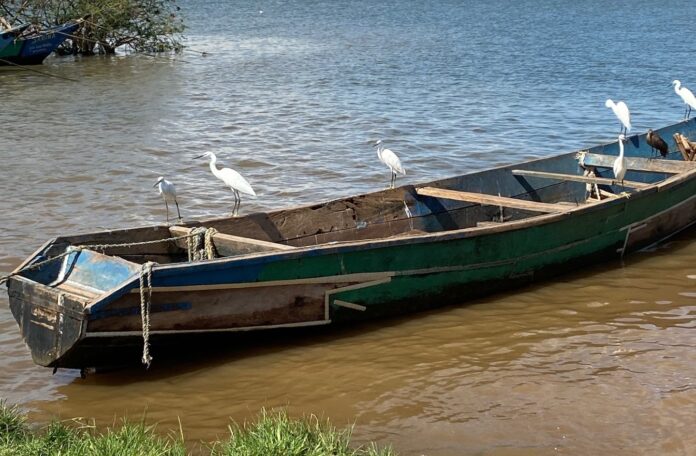Families in Kenya’s Kisumu region have been raising tilapia and other fish in inland fishponds for years now. The fish provide a crucial source of protein, while surplus is sold to increase incomes.
Lately this has been significantly expanded through aquaculture in Lake Victoria.
A fish farmer will row out and set up a net with metal buoys on top (this is called a ‘cage.’) Each cage can contain up to 6,000 tilapia. Other farmers connect their own cages. Some of these “farms” have 20 cages, or up to 120,000 fish.
International development organization World Neighbors is working with young women to engage in this type of fish farming. The women pool their money to purchase cages, tilapia and feed. Once harvested, they jointly sell them to neighbors and in local markets. Selling fish is very lucrative, far more so than young women could earn in most other alternative employment. As important, it’s their business. They control their economic futures.
One unnecessary cost they encounter is that imposed on them to feed and harvest the fish. Feeding is done twice a day. Women are more than willing to row out into the lake to feed and harvest the tilapia. However, there is a cultural practice against women engaging in this activity. They are required to hire men to feed and harvest their fish. In addition to that direct cost, there is an additional indirect and variable cost, as men have been known to steal fish.
The women entrepreneurs are working with World Neighbors on strategies to slowly eliminate this practice. But even with it, the young womens’ earnings from “cage” fish farming in Lake Victoria is more than enough to lift them out of poverty and provide enough money for additional business investment. It’s a good example of building what works to catalyze sustainable economic and social development.









